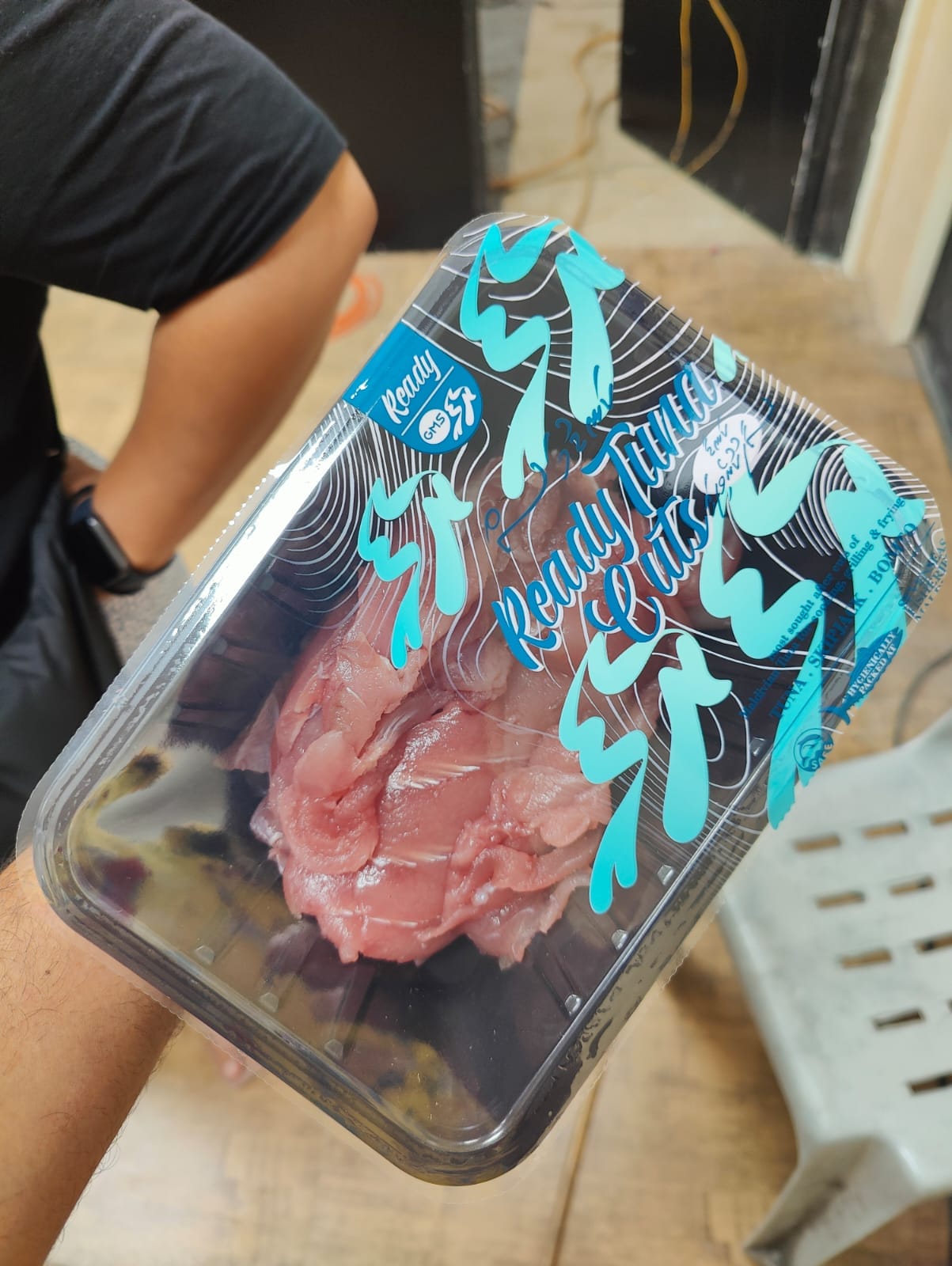灵活膜包装的演变和影响: 可持续革命(6)
灵活的电影
在可持续性的时代, 方便, 和创新驱动包装解决方案, 柔性薄膜包装 has emerged as a cornerstone of modern industry. 从食品和药品到消费电子产品, 这些适应性的材料正在重塑产品的保护方式, 运输的, 并提出. 让我们探索动态, 趋势, 以及这个动态部门的未来潜力.
What Are Flexible Films Packaging?
Flexible films packaging refers to lightweight, non-rigid materials used to encase products. Unlike traditional rigid containers, these films—often composed of polymers like polyethylene (体育), 聚丙烯 (聚丙烯), or multi-layer composites—conform to the shape of their contents, minimizing waste and optimizing space.
主要特征包括:
- 轻的 & 耐用的: Reduces shipping costs and carbon footprints.
- 屏障特性: 防止水分, 氧, 和光, 延长保质期.
- 可定制性: 可打印, sealable, and adaptable to diverse formats (小袋, 包, 包裹).
市场增长 & Key Drivers
The global flexible packaging market was valued at美元 210.62 十亿 2023 and is projected to reach美元 238.91 十亿 2029, 生长以2.12%. 关键驱动程序包括:
- Shift from Rigid to Flexible Solutions: Brands prioritize cost-efficiency and sustainability, favoring flexible films over heavier, less eco-friendly alternatives.
- 电子商务繁荣: Online retail demands lightweight, damage-resistant packaging for safe deliveries.
- 卫生保健 & Food Demand: Pharmaceuticals and perishable goods require sterile, airtight packaging, fueling innovation in high-barrier films.
Innovations in Material Science
Recent advancements in flexible film technology focus onsustainability and performance:
- Mono-Material Structures: 公司喜欢 Huhtamaki are pioneering single-polymer films (例如。, PE or PP) 简化回收.
- 可生物降解的电影: Made from renewable resources (例如。, 解放军), these reduce plastic waste.
- 高障碍涂料: Advanced polymers like 聚偏二氯 (PVDC) or ethylene vinyl alcohol (乙烯醇) enhance shelf life without compromising recyclability.
区域动态
亚太地区主导着市场, 会计58% of global volume in 2023, 由:
- Rapid Urbanization: Rising middle-class populations in China and India boost demand for packaged goods.
- E-commerce Expansion: Online shopping platforms like Alibaba and Flipkart rely on flexible films for efficient logistics.
- 监管推动: Governments mandate eco-friendly packaging, accelerating adoption of recyclable/compostable films.
挑战 & 未来的前景
Despite growth, the sector faces hurdles:
- 回收复杂性: 多层薄膜难以分离, complicating circular economy efforts.
- 原材料波动: Fluctuating polymer prices impact margins.
然而, the future looks promising:
- 智能包装: Films embedded with sensors for freshness tracking or anti-counterfeiting.
- 圆形设计: Modular, reusable packaging systems that minimize waste.
- Collaborative Innovation: Partnerships between material scientists, 品牌, and recyclers to close the loop.
结论
Flexible films packaging is more than a convenience—it’s a strategic imperative for a sustainable future. As brands and consumers demand smarter, 绿色的解决方案, this sector will continue to evolve, blending cutting-edge science with practical design. The road ahead? A balance of innovation, 责任, and adaptability to meet the needs of a changing world.
Stay tuned for more insights on packaging trends—where science meets sustainability! 🌍📦✨
来源: QYResearch, 市场和市场, GlobeNewswire, Packaging World






